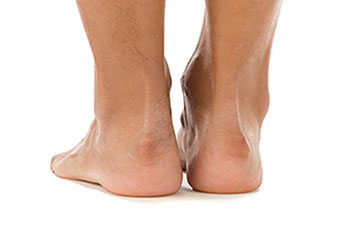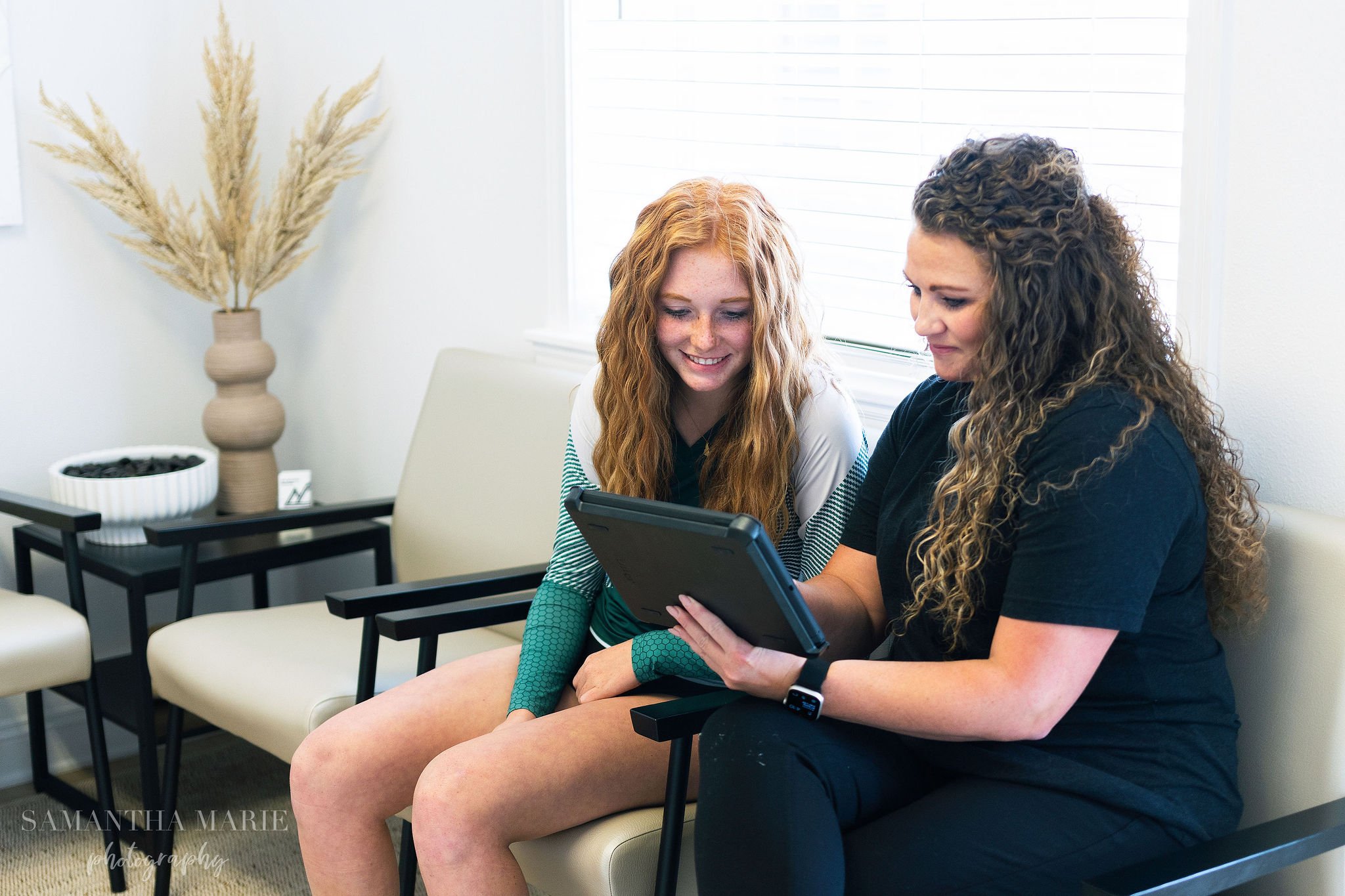
HAGLUND’S DEFORMITY
WHAT IS IT?

Haglundʼs deformity is a bony enlargement on the back of the heel. The so tissue near the Achilles tendon becomes irritated when the bony enlargement rubs against shoes. This ofyen leads to painful bursitis, which is an inflammation of the bursa (a fluid-filled sac between the tendon and bone).

CAUSES
Haglundʼs deformity is often called “pump bump” because the rigid backs of pump-style shoes can create pressure that aggravates the enlargement when walking. In fact, any shoes with a rigid back, such as ice skates, menʼs dress shoes or womenʼs pumps, can cause this irritation.
To some extent, heredity plays a role in Haglundʼs deformity. Inherited foot structures that can make one prone to developing this condition include:
- A high-arched foot
- A tight Achilles tendon
- A tendency to walk on the outside of the heel.

SYMPTOMS
Haglundʼs deformity can occur in one or both feet. The symptoms include:
- A noticeable bump on the back of the heel
- Pain in the area where the Achilles tendon attaches to the heel
- Swelling in the back of the heel</li
- Redness near the inflamed tissue

TREATMENT
Nonsurgical treatment of Haglundʼs deformity is aimed at reducing the inflammation of the bursa. While these approaches can resolve the pain and inflammation, they will not shrink the bony protrusion. Nonsurgical treatment can include one or more of the following:
Medication. Oral nonsteroidal anti-inflammatory drugs (NSAIDs), such as ibuprofen, may be recommended to reduce the pain and inflammation. Ice. To reduce swelling, apply an ice pack to the inflamed area, placing a thin towel between the ice and the skin. Use ice for 20 minutes and then wait at least 40 minutes before icing again.
Exercises. Stretching exercises help relieve tension from the Achilles tendon. These exercises are especially important for the patient who has a tight heel cord.
Heel lis. Patients with high arches may find that heel lis placed inside the shoe decrease the pressure on the heel.
Heel pads. Pads placed inside the shoe cushion the heel and may help reduce irritation when walking.
Shoe modification. Backless or so backed shoes help avoid or minimize irritation.
Physical therapy. Physical therapy modalities, such as ultrasound, can help to reduce inflammation.
Orthotic devices. Custom arch supports control the motion in the foot.
Immobilization. In some cases, casting may be necessary.

WHY CHOOSE A FOOT AND ANKLE SURGEON?
Foot and ankle surgeons are the leading experts in foot and ankle care today. As doctors of podiatric medicine – also known as podiatrists, DPMs or occasionally “foot and ankle doctors” – they are the board-certified surgical specialists of the podiatric profession. Foot and ankle surgeons have more education and training specific to the foot and ankle than any other healthcare provider.
Foot and ankle surgeons treat all conditions affecting the foot and ankle, from the simple to the complex, in patients of all ages including Haglund's deformity. Their intensive education and training qualify foot and ankle surgeons to perform a wide range of surgeries, including any surgery that may be indicated for Haglund's deformity.

